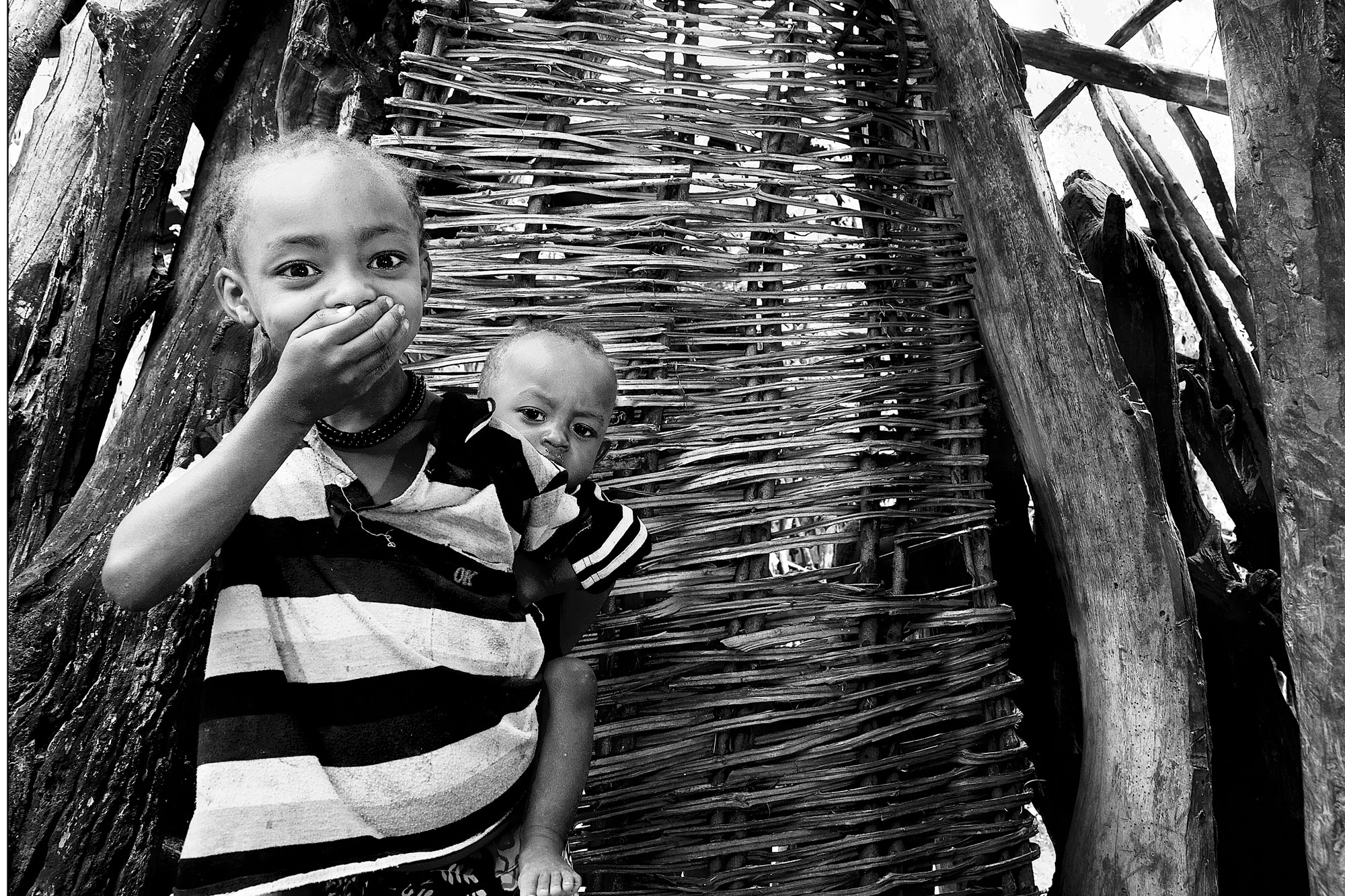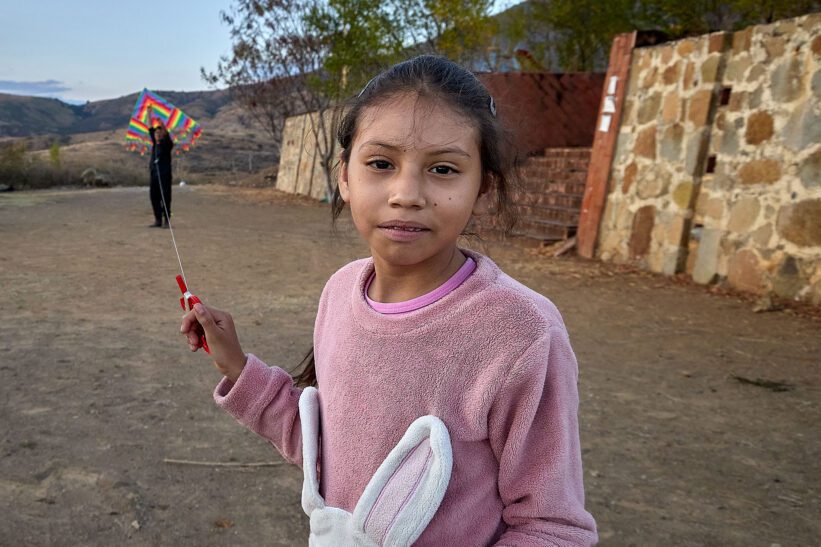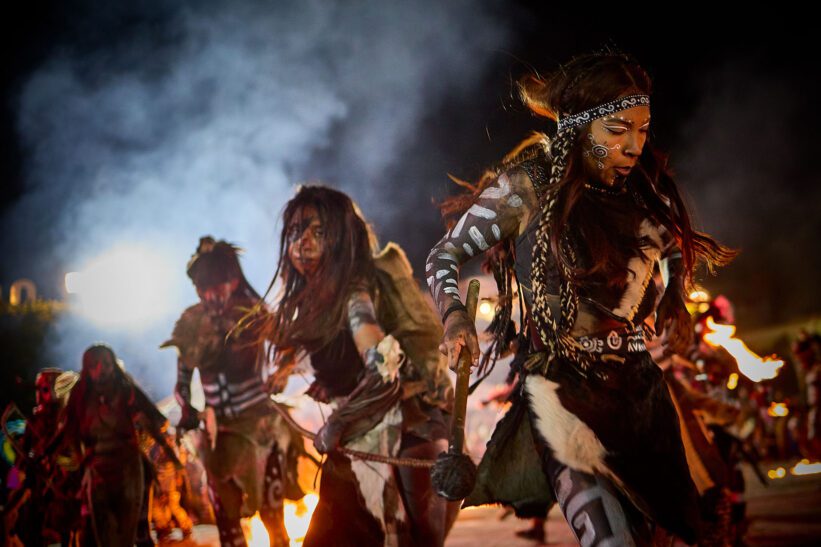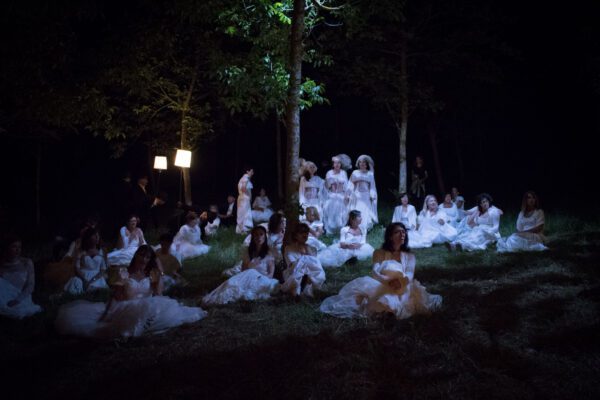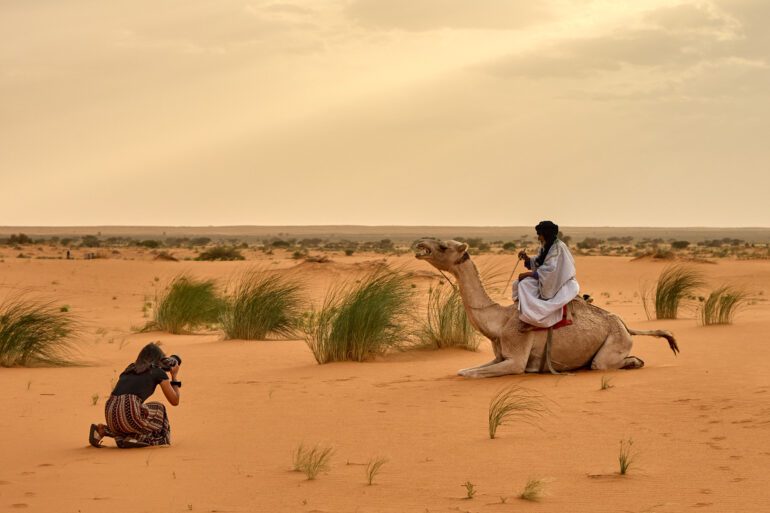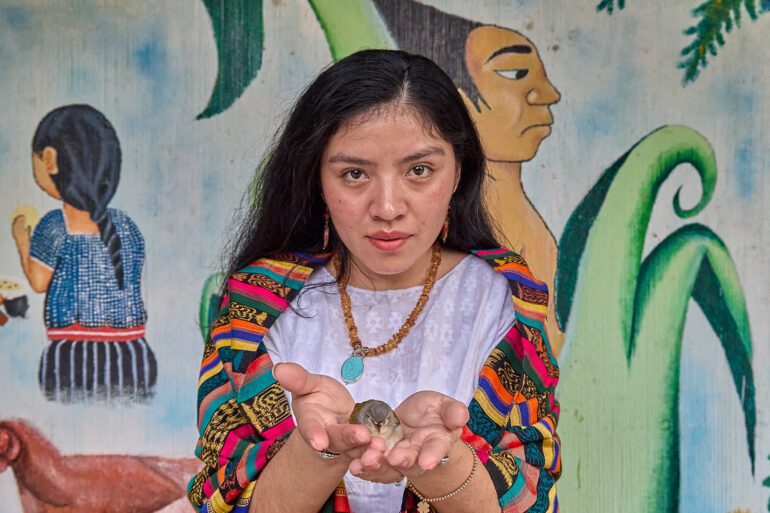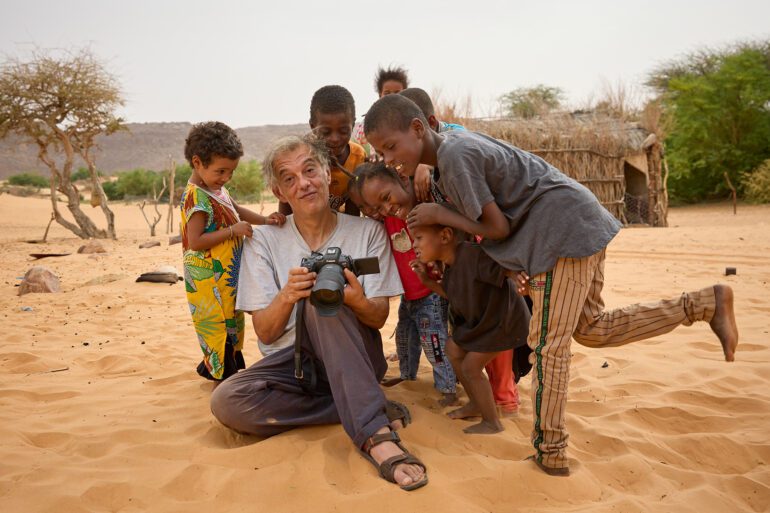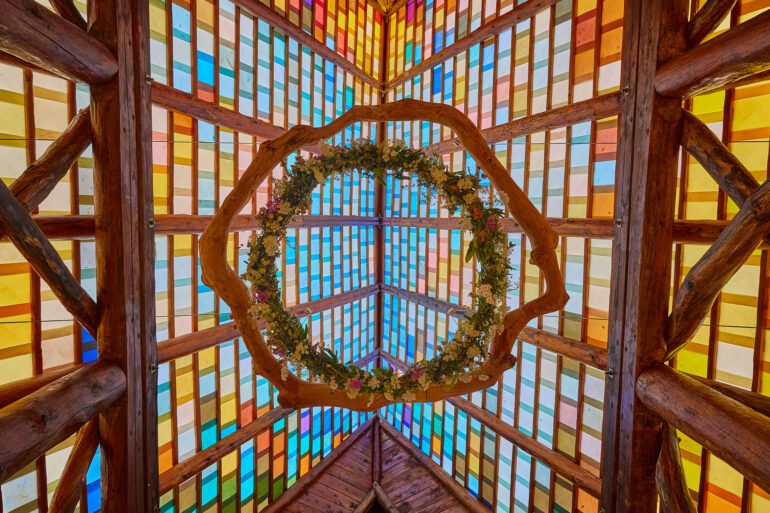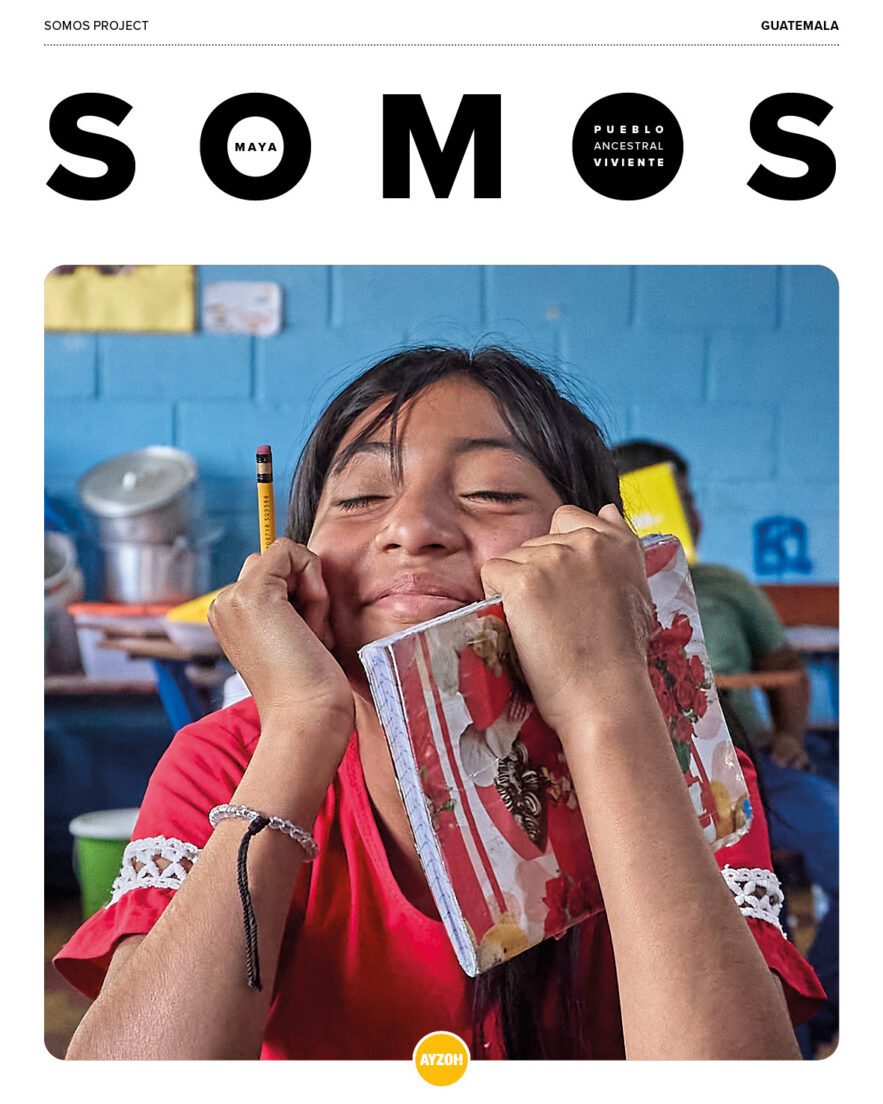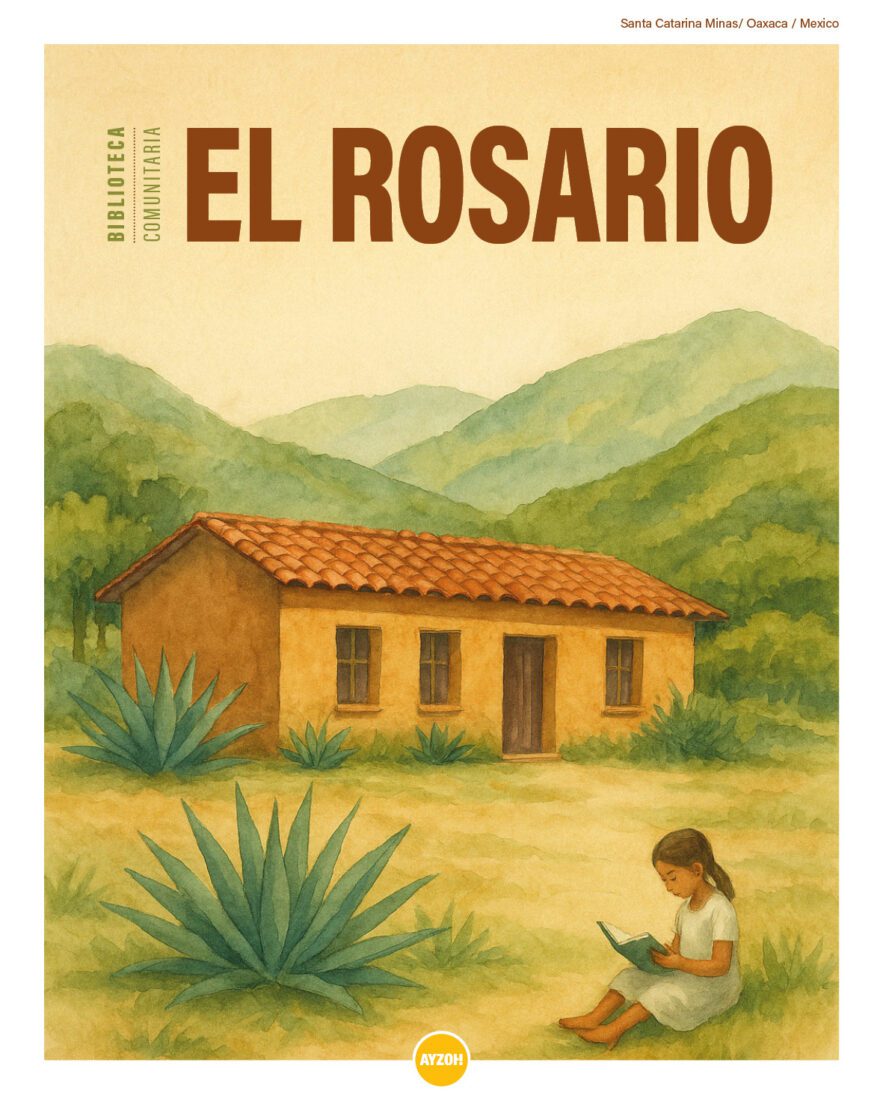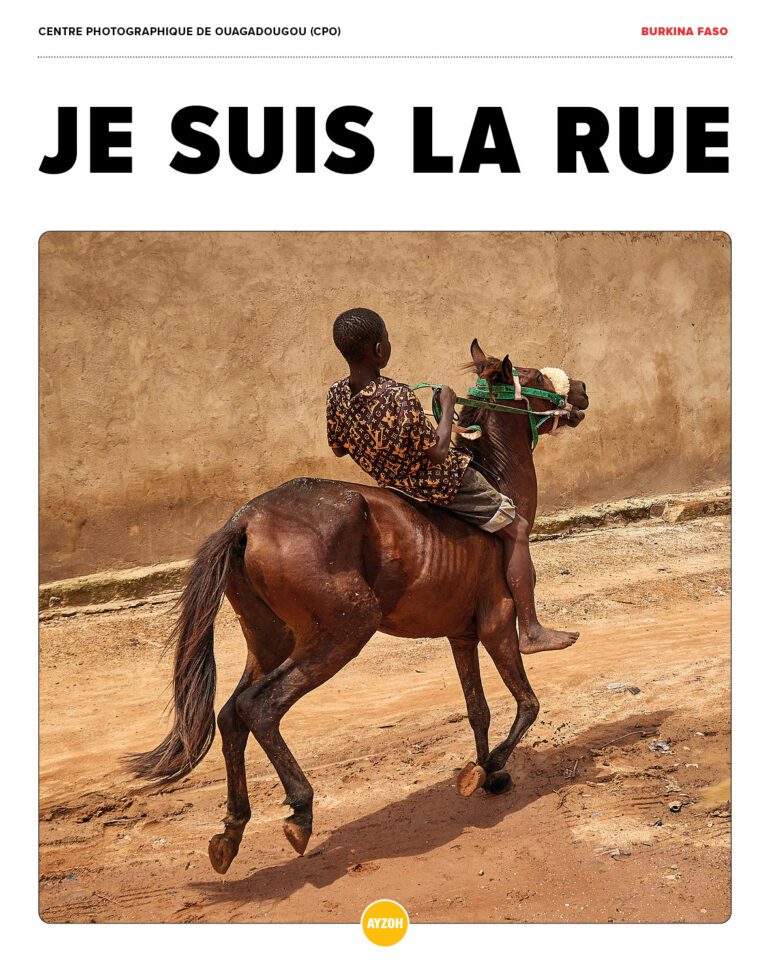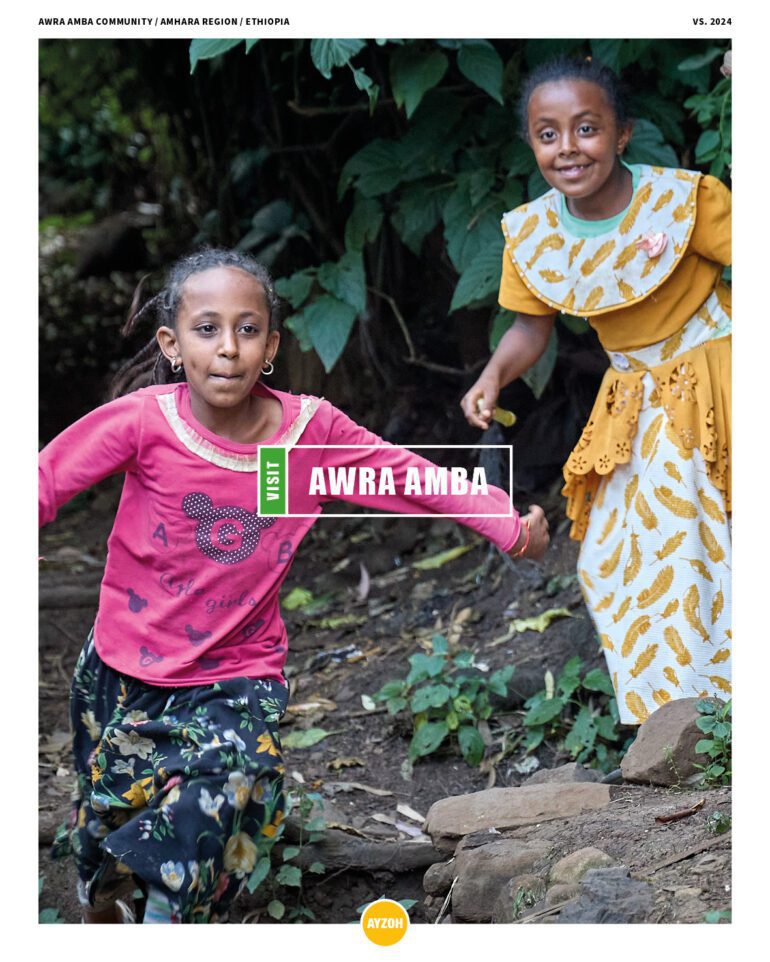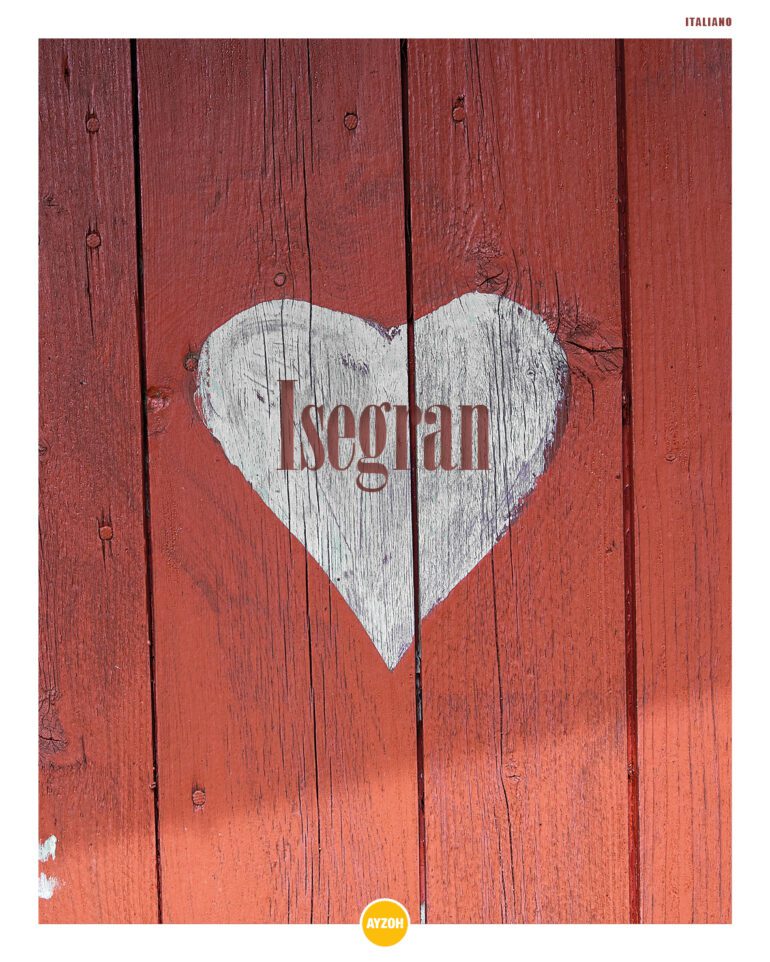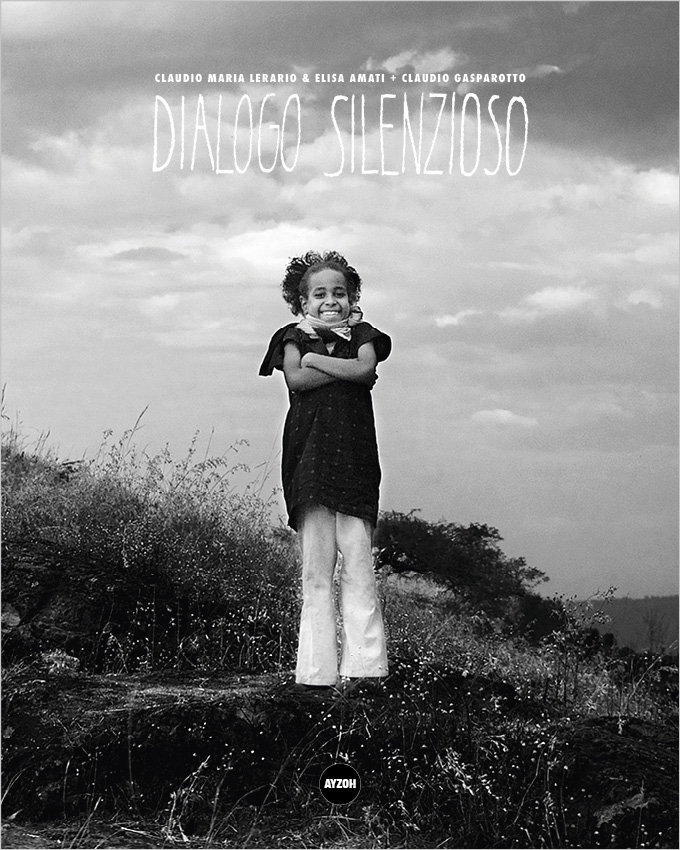In Dialogo Silenzioso, dance — the most ancient of the arts — meets Ethiopia, a land where rhythm shapes every gesture and tradition breathes through motion. This book is the result of a collaboration between Ayzoh! and Movimento Centrale, under the patronage of the Ethiopian Embassy in Rome, the Municipality of Rimini, the Emilia-Romagna Region, and the University of Bologna.
More than a document, the book is a journey of reflections and images, where the voices of choreographers, philosophers, dancers, and photographers converge. Among them is Jean-Luc Nancy, whose philosophical insights help frame this silent yet powerful exchange of gestures and visions.
A Web of Echoes
This project was born from a question shared by two artists: Claudio Gasparotto, choreographer and founder of Movimento Centrale, and Claudio Maria Lerario, photographer and founder of Ayzoh!.
How do you define something that cannot be defined—dance, its beauty, its urgency, its silence?
Gasparotto weaves his words through the thoughts of influential figures who have crossed his path. Lerario responds with a visual diary—his photographs of Ethiopia are intimate, unfiltered, like pages from a personal album.
Together, they form a dialogue that doesn’t explain but evokes. A web of echoes that resonates through four elemental themes:
Purity – in the instinctive movements of children and animals
Rhythm – the shared heartbeat of life and dance
Mystery – in bodies wounded, broken, different, yet radiant
Necessity – the primal urge to move, to exist, to resist
These themes give form to a dance open to all—a quiet revolution rooted in joy.
As Jean-Luc Nancy writes in his final lines:
/ simple infinie pensée de sa présence — au milieu du monde et monde à lui seul / monde à tous à personne. /
The Eternal Dance of Ethiopia
by Saba Anglana
There is a sacred rhythm in Ethiopia that guides the body and soul alike. It defines relationships—between people, between humanity and nature, between life and death.
Centuries of devotion have stitched ritual into flesh. Bodies move with grace even in mundane tasks—crossing a street, preparing a meal, extending a hand to a stranger. Dance, here, is not a performance but a way of being.
Even as the country opens to modernity—steel and glass rising on ancient soil—figures move with a regal presence, like characters from myth, untouched by the rush.
The dance of Ethiopia is ancient. Repetitive. Ceremonial. And still it resists—soft, proud, and alive.
Dance as Art for All
by Claudio Gasparotto
Daisaku Ikeda once said that the key to any true humanist struggle begins with dialogue. It is one of the oldest and most essential traits of our species. Without dialogue, we would be buried in the silence of the grave.
This book is born from such a dialogue—a silent one—between photography and words, between image and motion. It’s a conversation about the role of dance in our time and its deep connection to social and ethical questions.
What matters most is not how we define dance, but how culture and people relate to it. Dance is not in crisis—our civilization is. In many parts of Africa, the Arab world, and Asia, the unity between body and mind still exists. In the West, we’ve lost that.
Dialogo Silenzioso is a way to rediscover this connection. It’s a space where African dance and Western thought meet—mirroring one another, creating the groundwork for a new kind of global dialogue. One that invites us to step outside our comfort zones, to be transformed by difference, not threatened by it.
This book is a personal offering—a small, silent revolution dedicated to all those who dance with or without ability, to those who dream of happiness not as a privilege, but a birthright.
The Dance of Beauty
by Claudio Maria Lerario
When Claudio Gasparotto invited me to take part in this dialogue between movement and memory, I immediately thought of Ethiopia.
There, dance emerges spontaneously—from daily gestures, from laughter, from the body in motion. It’s unconscious, fluid, unfiltered. It’s beautiful because it’s real.
I originally traveled to Africa to report on difficult subjects: cultural erosion, land exploitation, social inequality, the ambiguous role of humanitarian aid. These stories matter. They deserve to be seen.
But even when my images were well received, they quickly vanished into the noise of our media landscape. Another story would always take their place. Nothing stuck. And honestly, we already know these truths. Anyone who pretends otherwise is either asleep or unwilling to face reality.
Then something unexpected happened. After months of living in Ethiopian villages—despite the hardship and risk—I started to feel at home.
I stayed.
And slowly, I stopped photographing issues. I began photographing people. Not as victims of systems, but as kin. Like I was building a family album.
This book is my way of saying thank you—for what I was given, for what I lost and found again. Not an idealized version of Africa, but one grounded in affection and dignity.
The people in these pages are real. I’ve shared time with them, food, silence, stories. Many face struggles; some live comfortably; a few have wealth. What connects them is their resilience—and their reverence for human presence.
There is a photo of a woman who greeted me in a handmade dress and an impeccable hairstyle. She roasted coffee beans, crushed them with an old piston, scattered fresh grass on the floor, lit incense. After half an hour, she handed me a cup of coffee.
To her, it was routine. To me, it was a ritual of art.

